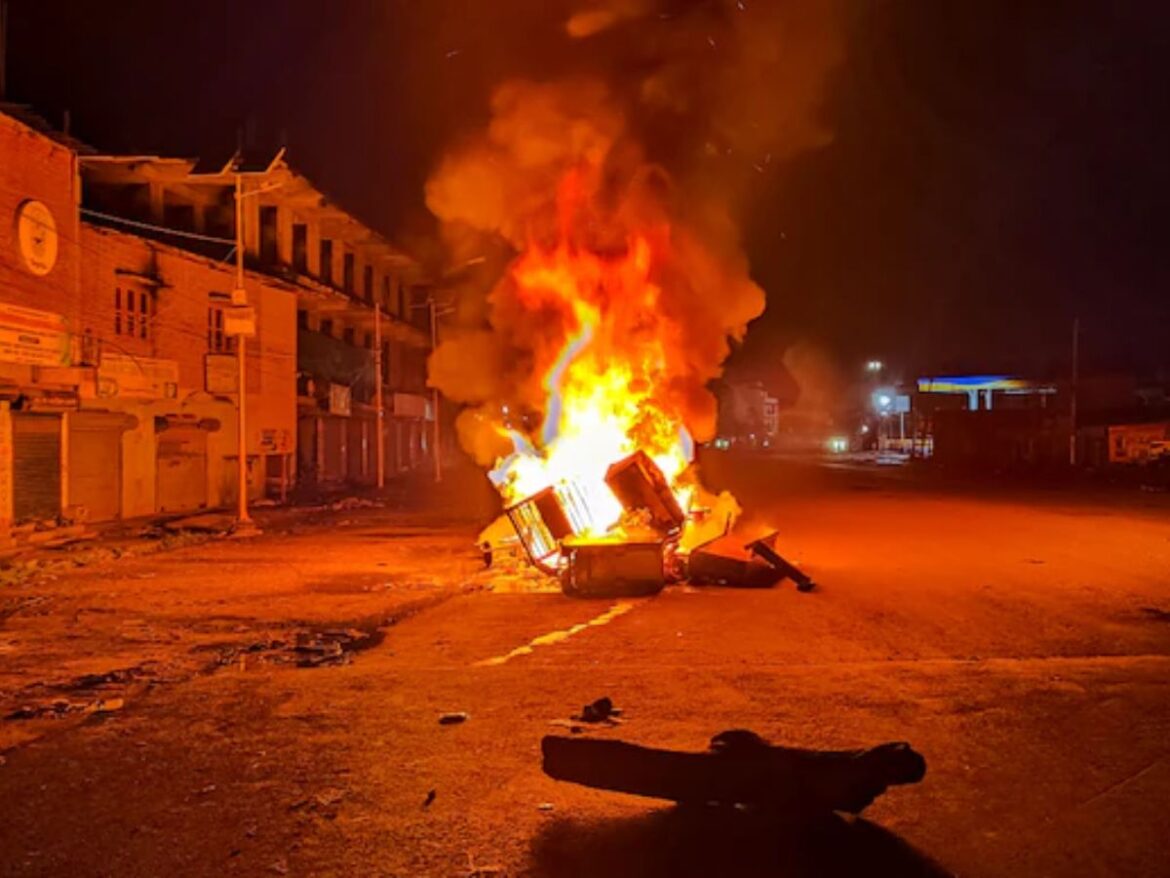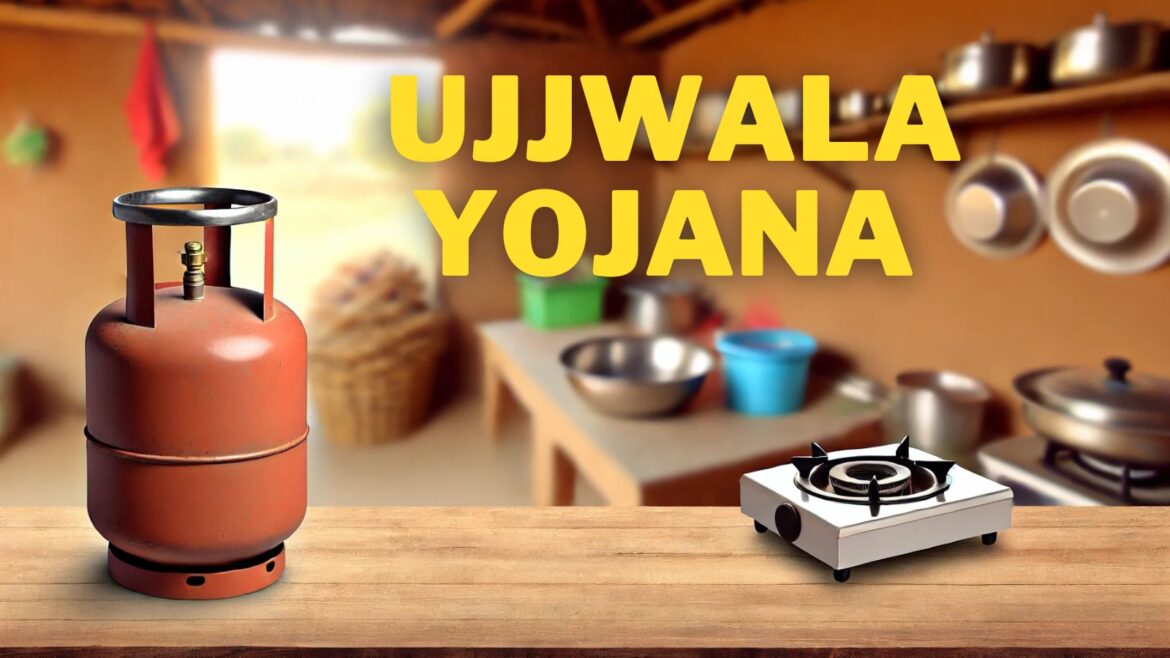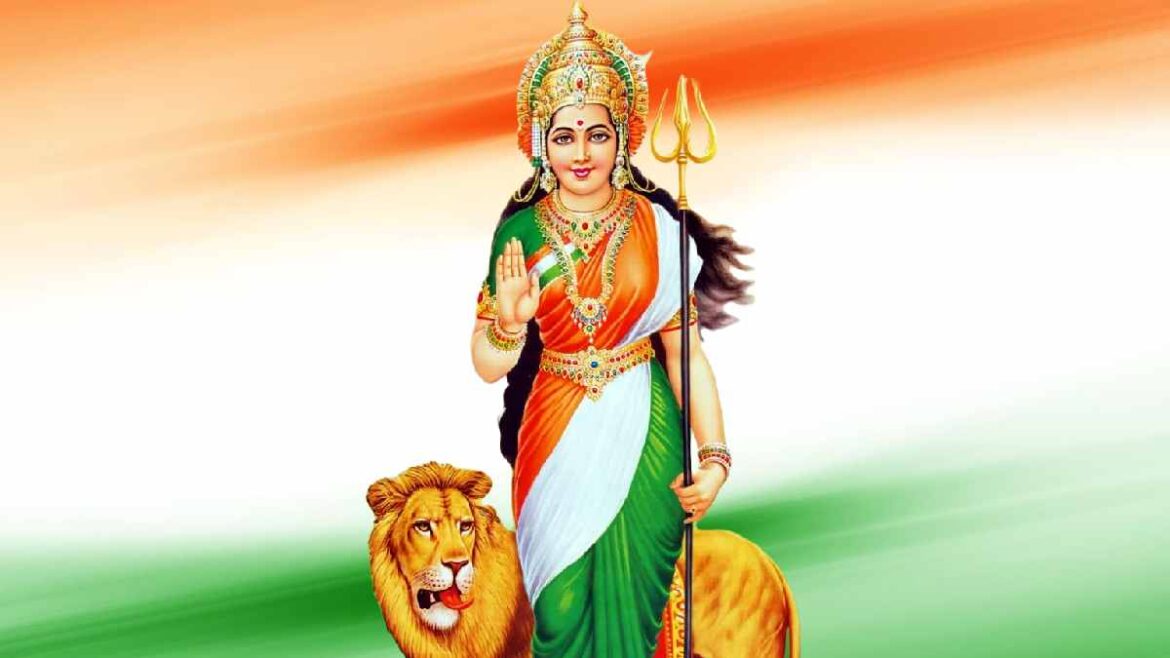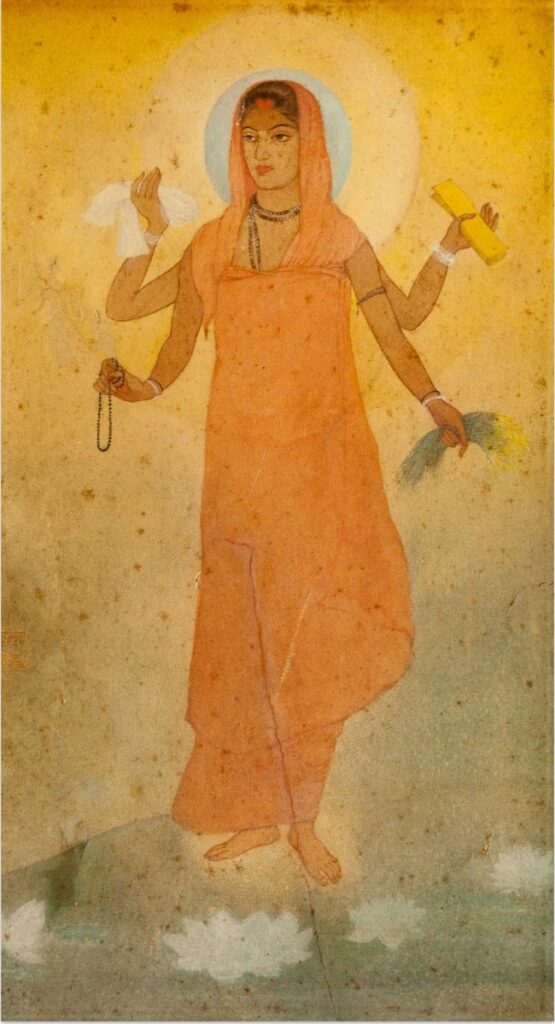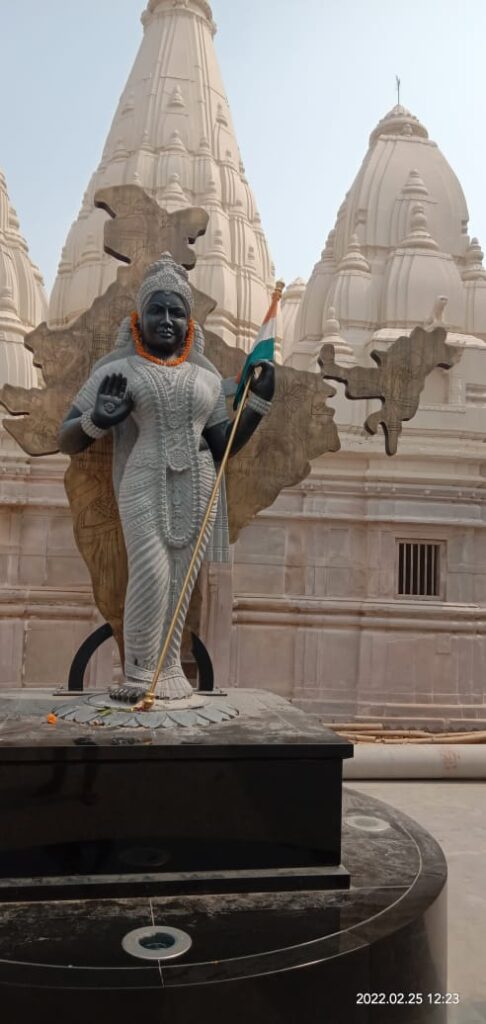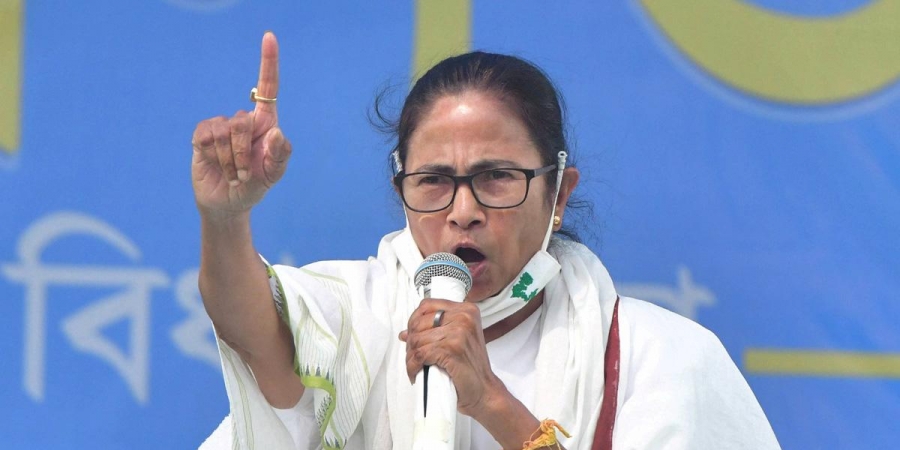By Avani Bansal & Parika Singh
The Crux
A victim in a Meitei relief camp in Imphal, who lost her family members during the ethnic tensions between Meiteis and Kukis in Manipur, that has lasted for 18 months since May, 2023 told me – “Imagine two kids fighting, will the father or mother not step-in to stop the fight? Now imagine the children actually killing each other – will the parents still not step-in to prevent the violence? Then why is the Central government not stepping in to stop Manipur state from burning?”
I don’t believe that the Central Government needs to parent the people in states. They just need to truly discharge their constitutional duty. But Mr. Modi is high on the ‘Modi Ka Parivar’ rhetoric. So the people of Manipur are asking – is Manipur not part of India, why has Mr. Modi not visited it yet?
The Context
As our Indigo airplane soared above Manipur, the pilot informed – “Given the climatic conditions, it will take us another 30 minutes before we land.” With this, we got an additional half an hour of the air tour above Manipur. With thick clouds, straight out of a fairyland story, I could see the lush green mountains right under us, with small villages –perched on hill tops. It is then that the geographical significance of the whole dispute between ‘Meitei’ and ‘Kuki’ dawned on me.
Manipur’s capital city – ‘Imphal’ is on a relatively flat land, surrounded by hills on all sides. While the ‘Meitei’ community who follow Hinduism as a religion live predominantly in Imphal valley ; the ‘Kukis’ who follow Christianity live in the Hills. The ‘Nagas’ – another dominant tribal community who follow a mix of Buddhism, Hinduism and Christianity live in the Hills too.
Meitei are about 53 percent of Manipur’s population with the rest as Kukis and Nagas. But Meitei are politically more powerful with 40 out of 60 MLA candidates belonging to Meitei community and 10 each from Kuki and Naga community. All the major institutions such as big schools, hospitals, the Legislative Assembly, the High Court etc. are all in Imphal. The Kuki and the Naga have been given the ‘Scheduled Tribe’ status and the Meitei are asking for it.
Manipur is rich in mineral resources and also has abundance of palm trees (used for palm oil), bamboo amongst others. These resources are in the hils and there is a underlying question of the ownership of these resources. Like all tribal dominated states, the ownership of land which has resources, is a bone of contention with obvious vested corporate interests. And the ownership of land in turn, is determined by ‘ST’ status.
Consider this. Land rights of the tribal communities in Manipur have been considerably diluted through recent successive amendments in the laws governing such rights. For instance, Section 158 of the Manipur Land Revenue and Land Reforms Act, 1960, only permits transfer of tribal land to a member of the Scheduled Tribes. However, more and more areas have been classified outside the purview of this section to enable the transfer of land to non-tribals.
Similarly, amendments have been introduced in the Mines and Minerals (Development and Regulation) Act, of 1957, with the most recent amendment in 2023 wherein 6 critical atomic minerals- lithium, beryllium, titanium, niobium, tantalum, and zirconium have been ‘delisted’ in order to encourage greater land encroachment by the private sector. without adherence to the regulations imposed upon them in the category of atomic minerals. These amendments also violate the Forest Rights Act 2006, which grants tribal communities the right to dwell on their land, use its produce, and crucially, access its resources. Their rights are being systematically dismantled with these dilutions.
So, in Manipur, on the one hand – through legal amendments, many land/areas with important resources, are being opened up for non ST status people to own/control, thereby considerably diluting the principle which underlies the general law of predominant ownership by tribals across the country. On the other hand – those land areas which have been cleared off for private ownership, may still face resistance from the tribal population if the corporates do come in a big way – Chhattisgarh being a case in point. So the Governments’ stance on the laws, as well as displacement of people from their villages – all point to a seeming orchestrated strategy of transfer of resources in a few powerful hands. In this regard, while the government seems to smartly ‘frame’ the conflict in Manipur between the larger Meitei and Kuki communities, its actually just about securing the interests of a few, with both the communities suffering equally in the process.
The Chief Minister of Manipur, N Biren Singh’s statements blaming the increase in poppy production, the influx of people illegally entering from Myanmar, which shares the border with Manipur, as part of the reason for the increasing ethnic tensions – belies the point. First, on the issue of drug control, poppy cultivation – there are clear commercial interests. Second, the international borders are to be guarded by the Central Government. So again – why is the Central government failing to protect the international borders between Myanmar and Manipur and stopping the influx of illegal migrants. The Central Government, simply cannot have its cake and eat it too. Either it is failing to protect the borders and needs to admit so, or stop blaming the illicit drug scene as the major factor in current disturbances caused in the state.
In addition, the ongoing conflict about the demand of Meitei for ‘ST’ status will have ramifications on reservations in jobs, schools, government offices amongst others. This begs the question that if any community which is in ‘majority’ in a state gets ST status, along with its added benefits – will that not set a precdence for populist measures in other states in India? In that sense, it is also a classic dispute between communities for power and status.
The Current Scenario
The crescendo of the ethnic tensions between Meiteis on the one hand and the tribes – Kukis and Nagas on the other, was reached on 3rd May, 2023. The Kukis, the Nagas and other tribes which have a ‘Scheduled Tribe’ (ST) status in Manipur were taking out a ‘Tribal Solidarity March’ in Churachandpur district to protest the demand of Meiteis for Scheduled Tribe (ST) status, after the recommendation of the Manipur High Court on the said lines. When an armed mob attacked the protestors and the police failed to do anything about it, the conflict blew out of proportions. Next thing, Kuki villages were being attacked by Meiteis, and Meitei living in Kuki areas were being driven out by the Kukis.
Today, since the ongoing conflict began in May, 2023, several relief camps have been set up, both in the Kuki areas and in Meitei areas. But here is the thing – you have to see the reality of Manipur to believe it. There are hard lines drawn in terms of Meitei area and Kuki areas. We can’t find one Kuki in Imphal today, and not one Meitei in Kuki area. Imagine how the High Court or the Legislative Assembly would be operating, given this scenario!
The in-between borders are heavily guarded by the security forces, with volunteer groups of both communities further acting as ‘check-points’ to ensure that ‘the other’ is not found in their area. Ironically, it was only possible to drive through these areas, from one to the other with a taxi driven by a Muslim person. That too wasn’t easy. As one person said to me in confidence – “Now, both sides are beginning to mistrust Mulsims, as secret agents for the other side, trading in relevant information.” So the one person who agreed to drive us to Jiribam from Imphal, did not agree easily and also charged an exorbitant fee. He thought that he was putting his ‘life’ on the line.
Is this where we are headed as a country? Imagine a future, with lines drawn neatly amongst different communities, both in their hearts and on the maps. Gujarat is already setting a terrible precedent with the news coming in of the Hindus and Muslims seemingly having clearly demarcated residential areas in most parts, even in the major cities. Manipur presents a much stark and gory reality of this divisiveness amongst communities becoming the new ‘normal’.
The Court
On 27.03.2023, in WP(C) No. 229 of 2023, the Manipur High Court heard a petition and disposed it finally at the admission stage itself, directing the Chief Secretary of Manipur to ‘submit the recommendation in reply to the letter dated 29.5.2013 of the Ministry of Tribal Affairs, Government of India’ and further to – ‘..consider the case of the petitioners for inclusion of the Meetei/Meitei community in the Scheduled Tribe list, expeditiously, preferably within a period four weeks from the date of receipt of a copy of this order in terms of the averments set out in the writ petition and in the line of the order passed in WP(C) No. 4281 of 2002 dated 26.05.2003 by the Gauhati High Court.’
The High Court in its Order, in para 3 states – “The petitioners have filed this writ petition for issuance of a writ of mandamus directing the first respondent to submit recommendation in reply to the Letter No.1902005/2012- C&IM dated 29.5.2013 of the Government of India, Ministry of Tribal Affairs within a period of two months or within a time frame and to include Meetei/Meitei community in the Schedule Tribe list of Indian Constitution as a “tribe among tribes of Manipur”, maintaining the tribal status of Meetei/Meitei existed before 21.9.1949 i.e. before signing of the Merger Agreement as part of the terms and conditions of the Merger Agreement of Manipur into the Indian Union and also direction on the fourth respondent to restore the Scheduled Tribe status of Meetei/Meitei community.”
Further, in para 7 – “Despite the letter dated 29.5.2013, the Government of Manipur failed to submit the recommendation to the reason best known to them. In fact, the representation dated 18.4.2022 submitted by the petitioners was forwarded by the Government of India, Ministry of Home Affairs to the Ministry of Tribal Affairs, Government of India for necessary action. According to the learned counsel, Meitei community is the one of major/principal tribe of Manipur is not recommended by the State Government. Hence, the petitioners have been advised to file the present writ petition.”
In para 15, the Court further observed interestingly – “This Court finds some force in the submission made by the learned counsel for the petitioners, as the petitioners and other Unions are fighting long years for inclusion of Meetei/Meitei community in the tribe list of Manipur.”
Whether the Court should have interfered in the matter at all and made observations seemingly supporting the inclusion of the Meitei in the ST category, without hearing anyone from the political ‘other side’ is a legal question with both ‘technical’ and ‘moral’ underpinnings. The political nature of the dispute cannot be neglected and while the courts cannot refuse to hear a matter simply because of its political characteristic, the classic adage of ‘justice should also seem to be done’ is the only anchoring principle for the courts to remember. When a matter is finally heard at the admission stage, after hearing the state and the petitioners, with no room for objections from the intervenors – people from any community who want to have a say in the matter or be heard, is effectively taken away.
Further, the larger political climate in India where a lot of disputes seem to be emerging from an analysis of history – ‘but who actually started it?’, ‘but what was underlying this structure first,’ or ‘who began the violence first’, all tend to mislead on the scope that judicial bodies are empowered to exercise in the first place. Can the courts in India including the High Courts and the Supreme Court actually go into dispute faultlines dating so back, that they have no way to measure up the legal evidence one way or the other, conclusively? These type of disputes, which pit communities against each other, on the basis of much much older history, presented and insisted upon as ‘fact’ by both sides, only end up destroying the peace ‘today’. Yes, justice precedes peace and justice ought to be done. But allowing one sided, half-hearted or speedy decisions without taking all stakeholders into account does both the people and the confidence in the judiciary, a dis-service. Which is why – there is ‘separation of powers’ between the ‘political’ (Executive) and the ‘judicial’ (Judiciary) questions and disrupting this would mean that the courts are now being used to discharge a political process, or an issue, which should be contested out in the political arena instead of the courts. This leads to a constitutional issue of creating a ‘slippery slope’, where governments, interested petitioners, or over-enthusiastic persons can ask the courts to do what should ideally be the government’s role. The recent happenings in Sambhal are a a case in point. The case of judicial overreach unfortunately seems to be becoming the new norm, albeit this time with tremendous consequences as seen in the aftermath of Babri-Ayodhya dispute. The courts, once they begin a process, not constitutionally warranted, and out of sync with the ‘rule of law’, cannot reverse the hands of the clock. They will also never be able to tell where that influence will stop.
The History
The history of political and ethnic conflict in Manipur can be traced back to the pre-colonial period. As early as the 16th century, multiple wars between Manipur and Burma began the fragmentation of the various communities living within the territory. This dark period saw the annihilation of half the population of Manipur by the Burmese forces. However, the current geopolitical division between the Hills and the Valley can find its roots in the British invasion of the Indian subcontinent. In the mid-18th century, Raja Jai Singh requested British assistance against the brutal clashes between Manipur and the then Burmese empire. But as was witnessed throughout the country, internal disputes within the royal family weakened their reign and allowed the British to gain a stronger hold over the region to favour their trade with China.
Apart from the Anglo-Manipur War of 1891, small forces were formed to rebel against the British throughout the 20th century such as the Kuki Rebellion of 1917, the Zeliangrong Naga Uprising of 1930 or the Nupi Lan – a massive women’s agitation beginning from 1939. The inclusion of Manipur within the newly independent Indian territory continued to be fraught with tensions due to which the Armed Forces Special Powers Act, of 1958 was enforced. Interestingly, Meiteis and Kukis have not been the only communities in variance with each other. The Kuki-Naga clash of 1992 also lead to tremendous loss of life and property, the latter claiming their rights as the original settlers of the region. Due to their violent history and the territorial interest of multiple communities, everything from minute policy alterations to larger regime changes have resulted in conflicts born out of cultural and political differences, insurgency, land rights and communal insecurities.
As recent as 2004, the rape of a Manipuri woman, Thangjam Manorama Devi, by members of the Assam Rifles paramilitary had led to wide protests including a nude protest by the Meira Paibi women’s association. The tensions had erupted but were soon quelled by the then Central Government.
Just to be clear – as some people blindly buying into the right wing propaganda want us to believe – yes, Manipur has a history of long-standing tensions between different communities, but then the previous governments did intervene and stop them. Why is the current Central Government of the BJP failing to do the same? Mr. Manmohan Singh did visit Manipur after the 2004 tensions, so why is Mr. Modi failing to do the same? The history answers some questions, but in this case, also raises some important ones.
Need for Center’s Intervention
We visited Manipur for five days, met several people from both the communities, and also visited Relief camps in Imphal, Churchanpur, Kangpokpi and Jiribam – which has seen a fresh spate of violence, with three women and three children’s dead bodies telling a gruesome tale of violence. Who committed these murders – given that no Kuki organisation has taken responsibility for them yet – is a question whose verdict is still out.
Meiteis and Kukis disagree on almost everything at this point. Both sides blame each other for ‘starting it all’. Both sides affirm that the terror that was unleashed in May, 2023 was ‘pre-planned’. Both sides appeal to their ‘values’ and state that it’s simply wrong to commit such heinous crimes against women and children and yet try to justify the killings on the other side, by invoking the horror stories on women and children committed on their own side. At this point in time, both Meiteis and Kukis also sound convinced that they cannot trust the other side and that the other side is a terrorist organisation.
But here’s what they agree on – the Central Government hasn’t done enough to control the escalating tensions in Manipur. The answer is somewhat obvious – the Center does not want to intervene. Otherwise, why hasn’t it imposed a President’s rule in Manipur yet. We have seen President’s rule being imposed at the slightest political upheaval, but here in Manipur, it’s been eighteen months of non-stop violence. But is the Central Government still not recommending to the President of India to intervene. Why?
Well, first, constitutionally speaking, President’s rule would mean that fresh elections will have to be conducted in Manipur, maximum in six months time. Given that the people of Manipur are now so angry that they are burning down and ransacking the house of BJP MLAs too, the palpable anger against BJP in Manipur is not hard to feel. The victory of Congress on both the MP seats in Manipur in the Loksabha elections of 2024 makes the writing on the wall clear.
So the Central Government is not imposing the President’s rule in Manipur because it knows that it will have to conduct elections, in which it is most likely to lose. But part of it is also because of pandering to different interests and trying to be politically right. While some Kukis are vehemently calling for a separate Kukiland, others want stronger ADCs – ‘Autonomous District Councils’ and yet others call for Manipur to be made a Union Territory with separate areas for Kukis and Meiteis. In either case, the elephant in the room is why has the Central Government not attempted to take even the first step – namely removing of weapons from both sides, which is a logical precursor to any peace dialogues?
Yes, AFSPA (Armed Forces Special Powers Act, 1958) has been imposed but then again, while AFSPA has always been there in the hills, which are Kuki dominated, it has only been imposed in the six police stations in Imphal, which are closer to the hills, and not in the entire valley, which is Meitei dominated. Given that both sides are heavily armed, doesn’t it make sense to ensure equal application of AFSPA to remove the weapons on both sides as a first priority. Just to be clear, am not advocating for imposition of AFSPA, but if it is done, it has to be done equally and without discrimination to neutralise both sides. In any case, one cannot escape the tragic irony when speaking of AFSPA in Manipur. While the world’s longest hunger striker – Irom Sharmila did a hunger strike for more than 500 weeks, from November 2000 to 2016, to remove AFSPA from Manipur, here we are, again grappling with AFSPA and potential human rights violations in Manipur. It’s as if – the more things change, the more they remain the same.
Second, an attempt has to be made to bring warring groups on negotiating table to arrive at a situation. The news about weapons being ‘stolen’ from the police stations is a story hard to believe. The lack of Manipur’s police intervention on the fated day on 3rd May, 2023, is also difficult to understand. All of this collectively points out to the criminal culpability of the man in incharge both at the state and the center and the corresponding lack of intent of both the state and central governments to contain the violence in Manipur.
Manipur – the far north-eastern state, has become BJP’s political laboratory – away from the attention of the people from the so called ‘mainland’, while the National media choses to remain silent as the people of the Meitei and the Kuki community adjust to the new ‘normal.’
It is not as if Manipur hasn’t seen unrest before, but never before was it allowed to fester on for so long. This itself brings the Central Government in the witness-box.
If the Center does not intervene fast, the complex labyrinth of issues in Manipur will fester on and make it an issue that will last for generations. If the government thinks that it can take political advantage or find ‘opportunity in chaos’ it needs to be reminded that history has shown that when you use hatred as a tool for political benefit, it comes to bite you back and how!
There seems to be a mix of reasons for Center’s diabolical attitude towards Manipur. Yes, it is about the ‘resources’ ownership for few’, but it’s also about sending a political signal of what they can do with minorities – christians in this case; and also the fear that when they use ‘majority’s sentiment for political benefit’- the same people when they see the government’s true intent, won’t come to support them. Ultimately, a few can keep the larger set of people fighting for their vested interests but truth always prevails. Love always wins. Peace is what people want above all. And so all regimes learn their lessons in due time. Only the damage done to people’s lives and the social fabric and turning a blind eye to the egregious human rights violation in the interim, is UNFORGIVABLE.
But for a moment, let’s keep the politics aside. Let’s keep the corporate interests aside. The Central Government should intervene because it’s not okay for women to be paraded naked. It’s not okay for both Meitei and Kuki women to be raped, torutured, abused. It’s not enough for the National Commission of Women to pay a cursory visit and do nothing significant. It’s not okay for the BJP to say ‘beti bachao, beti padao’, while turning a complete blind eye to the situation of women in Manipur. If India and all of us Indians stay silent now – we have no right to speak of women and their place in our society. It is time, we pay women more than lip service. It is time, we stand up for them. This is not a story of one woman – women in North-east and specifically in Manipur have been fighting for too long. If the Government stands by women, and by human rights and has refused to speak up – it should be prononced “GUILTY”.


